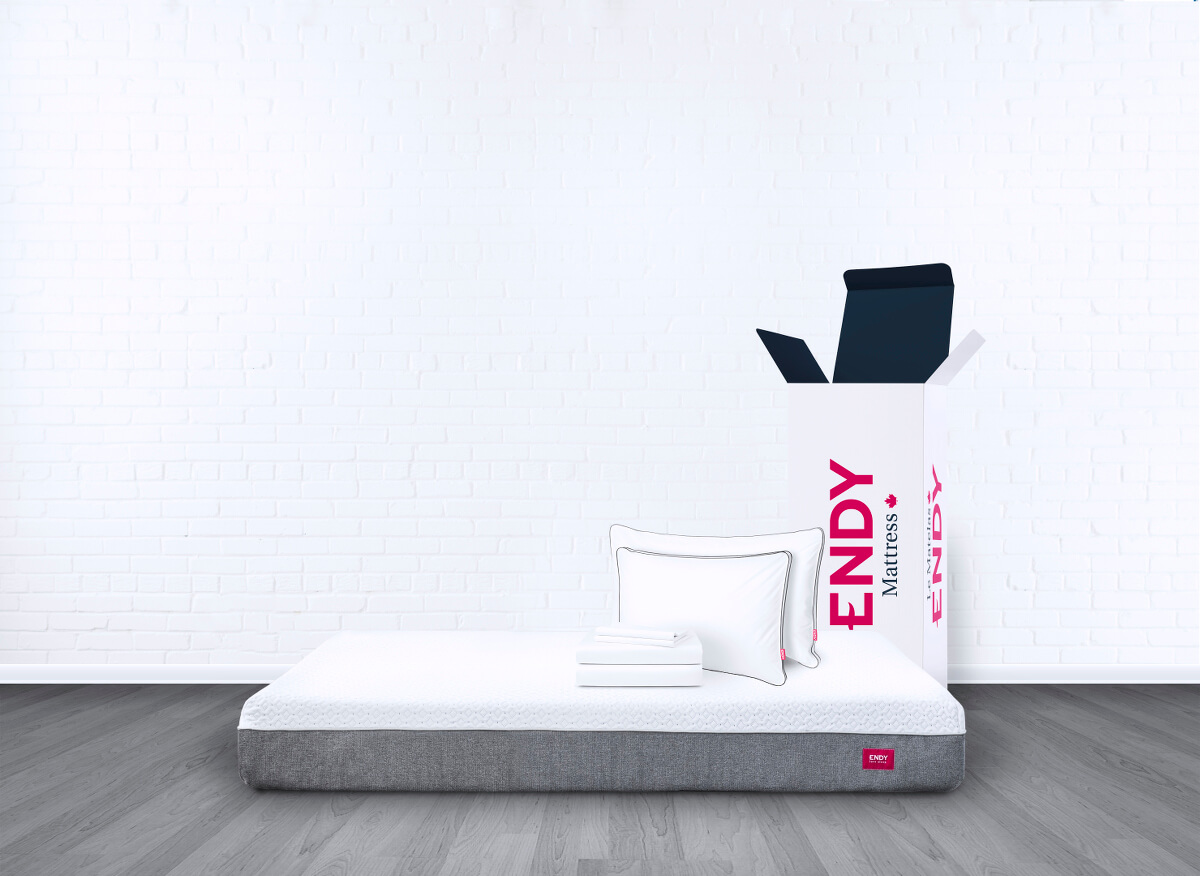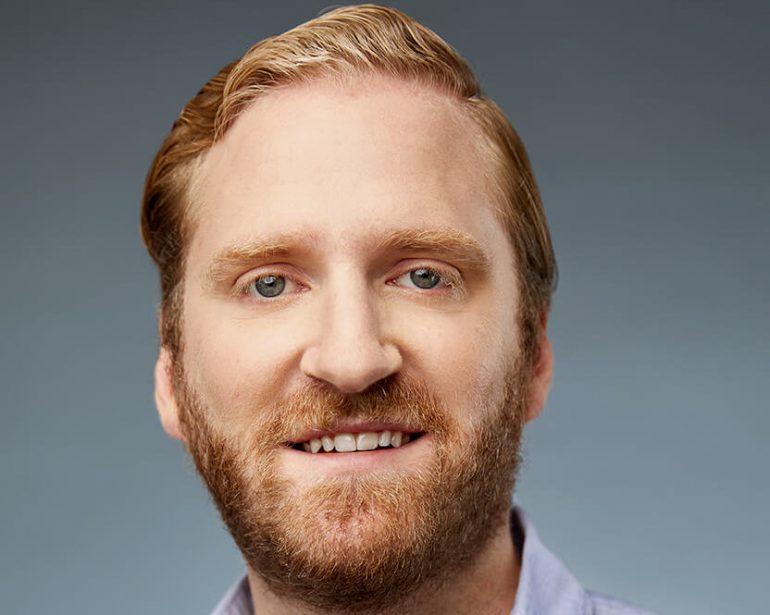As part of a regular series powered by Dell Small Business, BetaKit asks business leaders to share their advice for growing small businesses.
The mattress-in-a-box service has become an unlikely success story in the e-commerce market over the last few years, and Toronto-based startup Endy is one of those boxes you’ll see all across Canada. On track to surpass $50 million in annual sales this year, the company also recently snagged former Blue Jay slugger José Bautista as an investor.
CEO Mike Gettis explained to BetaKit how social media has been “a lightning rod” for Endy’s business model, and how the company won’t slow down when it comes to bringing new sleep tech innovations to market.
What were some of the biggest struggles you had getting Endy off the ground in the early days?
The biggest struggle in getting off the ground in the early days was making the maximum impact with limited resources – things like cash and people – and needing some time to get going in terms of scaling. Our strategy was to use lean startup strategies of ‘test, measure, scale’, where we were looking to test different marketing ideas for traction once we were able to find the right fit with the mattress-in-a-box market.
How did you go about identifying the problems that Endy solves, and how did you validate that your solution was viable?
We went in on a very human side of it – it was more about trying to be empathetic with customers, and not specifically asking them what their problem was and what we can do to solve it. We looked at it more from, ‘what ideally is the best customer experience?’ We looked at the whole idea of shipping a mattress in a box and how that could be beneficial, but also how to deliver a really amazing mattress to people.
“We looked for people with entrepreneurial experience, and also people that are really smart and capable. That’s helped us grow, and they’ve been a key part of our culture.”
So, the form factor is the box, but it’s also the sleeping experience and the unboxing experience. It’s almost like receiving a present when it comes to your door, which is cool for people. We were getting a really good response in the early days with people that received the mattress and opened it and had that first night’s sleep, and we really saw that as a lightning rod with the business model. People were really ecstatic about it, and then they told other people and put it on social media. So for us to say that was solving a problem, it was actually about reversing it and trying to create excitement for our customers, as well as creating a really great sleep experience for them.
How does Endy define its culture and what does it do to foster that culture?
I think office culture starts with a few really good, highly-effective people. Then, as you scale and add more people to the team, the key is knowing how to foster that culture and grow it.
A big thing comes down to the people [themselves], and hiring really good people. We looked for people with entrepreneurial experience, and also people that are really smart and capable. That’s helped us grow, and they’ve been a key part of our culture. We’ve also kept the messaging around how we need to be lean, and how we need to take care of our customers – that’s a big reason why we’ve been able to bootstrap without raising extra money.
Where do you think the future of sleep tech is headed?
Our main thing is about adding more products. When you look at a mattress and the amount of technology there – we’ve talked about the type of foam we use and the cover we use, and we really focus on the details to make sure it’s an amazing product. But at the end of the day, we’re not completely reinventing the wheel in that we’re delivering really high-quality products.

We’re doing simple innovations, like the sheets – we designed them to have a really snug fit around the mattress. Especially with a foam-based mattress, having that strong fit to really hug around the mattress was important. With our pillow, we have removable foam, so our big part there was, ‘how can we make a pillow that fits all types of sleepers?’ Because some people might say the pillow is too stuffy, some people might say it’s too flat, so we have the ability to adjust it so that it fits all types of sleepers.
We’re continuing that way of thinking in making these innovations in all our products, like duvets with snaps so you can put it in the cover and snap it inside, so that when you make your bed it’s a little easier. Things like that are what we’re focused on.
Is there any advice you’d want to give to your past self?
I think the big thing when you’re starting off is action – it’s the best way to get going on things. In terms of thinking through your business idea, a lot of people get thinking about what’s the best idea, and the ideas of action are the best way to go – it’s about taking an idea and starting to make something. Testing our product and seeing how customers like it was our methodology of just getting going with an idea that we really held passionately.
This was something that my co-founder and I talked about as being a strong idea. For most people though, it’s not about consensus – it’s about making sure that your customer focus is empathetic with what should be a good experience for them.

